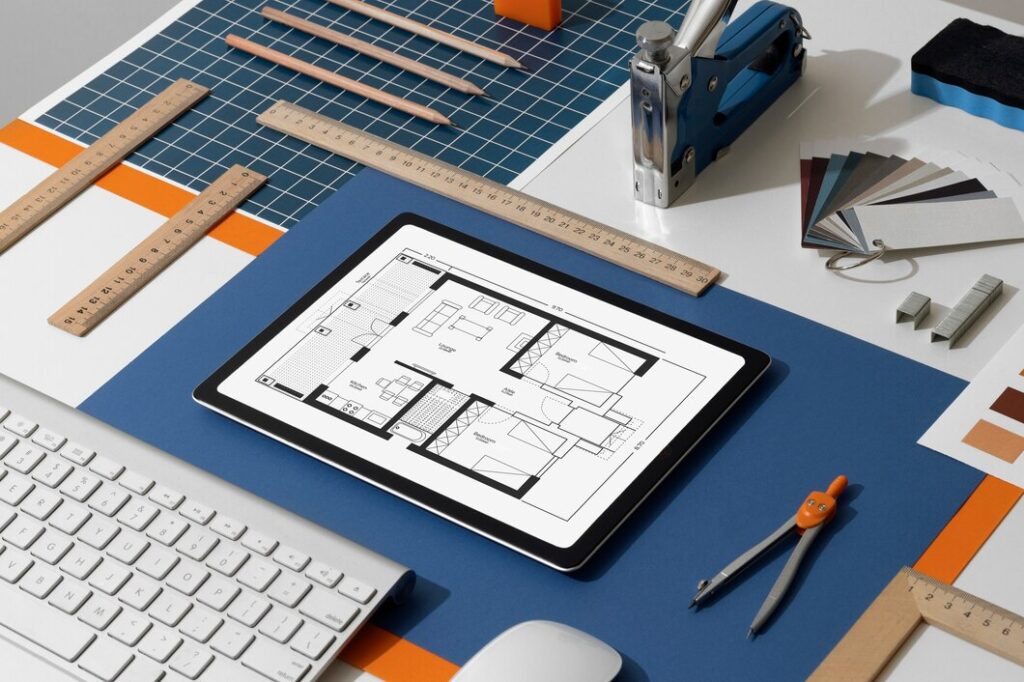Building Smarter: A Simple Guide to Modern Modeling
Discover how NYC construction firms are building smarter using modern modeling tools like Bentley BIM
Ever walked past a sleek new building in NYC and thought, "How did they even design that?" It’s not just about blueprints anymore. Today, construction starts in the digital world — long before the first brick is laid. This is where modern modeling steps in, helping architects, engineers, and builders think smarter, plan better, and create more efficiently.
In a fast-paced city like New York, where every inch matters and time is money, modeling tools have become game-changers. Whether you’re designing a boutique hotel in SoHo or upgrading infrastructure in Brooklyn, knowing how to use digital modeling right can save headaches, money, and months of rework.
Why Digital Models Matter More Than Ever

Let’s face it: old-school drawings just don’t cut it anymore. With rising expectations, tighter regulations, and shrinking timelines, we need tools that go beyond 2D. That’s where Building Information Modeling, or BIM, shines.
BIM isn’t just a buzzword. It’s like giving your building a brain before it’s even built. Every door, beam, and wire gets accounted for in a shared 3D environment, helping everyone stay on the same page — from architects to plumbers.
Now here’s where it gets interesting. In NYC, firms are tapping into platforms like bentley bim to map out everything from subway tunnels to skyscrapers. Whether it's analyzing structural integrity or figuring out energy loads, Bentley’s tools bring clarity to chaos. And in a city this busy, clarity is gold.
How BIM Is Changing the NYC Construction Scene
Modern BIM platforms allow real-time collaboration. No more waiting days for a revised plan. Changes happen instantly, and everyone sees them.
Here’s what makes it so powerful:
-
Error Reduction: Fewer on-site surprises mean less wasted time and materials.
-
Smart Planning: Schedule clashes are detected before they become jobsite issues.
-
Cost Savings: By simulating construction digitally, budgets stay tighter.
Locally, some NYC developers are even using Bentley BIM to simulate emergency evacuations in high-rise towers. Imagine testing out fire drills before anyone moves in. That’s the level of foresight we’re talking about.
Not Just for Big Firms
You don’t need a skyscraper-sized budget to benefit. Smaller firms and contractors in New York are adopting these tools too. Some are collaborating with local universities like Columbia or NYIT for training and project support.
Plus, the city government has started encouraging BIM use in public projects, pushing a more tech-forward approach to infrastructure planning.
NYC’s Unique Challenges Make Modeling Even More Valuable
Let’s be real — designing anything in New York is no joke. Between the zoning laws, ancient infrastructure, and limited space, it’s a minefield.
But BIM helps ease the load:
-
Historic Buildings: Older buildings can be laser scanned and modeled to preserve original architecture.
-
Tight Spaces: BIM helps figure out how to fit modern systems into cramped places.
-
Code Compliance: Local regulations are built right into some platforms, flagging issues early.
Case in Point: Renovating a Midtown Landmark
Take a look at the recent restoration of the Waldorf Astoria. Teams used BIM tech to merge historical preservation with modern upgrades. Bentley BIM helped track every single piece — down to the original chandeliers.
Instead of dozens of meetings, teams worked from one shared model. Contractors, electricians, designers — all synced. That’s a whole new level of collaboration NYC hasn’t seen before.
Working Smarter, Not Harder
Modern modeling also helps with things like:
-
Energy analysis (helping buildings go greener)
-
Material tracking (knowing where stuff is at all times)
-
Facility management (post-construction, BIM helps with maintenance planning)
It’s not just a design tool — it’s a lifecycle manager.
Future-Proofing NYC’s Built Environment
As smart cities become the goal, NYC is leaning into digital modeling even more. It’s already happening in Hudson Yards, where sensors and models work together to improve urban planning in real time.
And with climate change making weather events more intense, modeling helps predict how buildings handle storm surges, heatwaves, or even blackouts. That kind of insight is no longer optional. It’s essential.
Don’t Get Left Behind
The industry is changing fast. Whether you’re a contractor, a developer, or a city planner, understanding modern modeling is now part of the job.
If you're not using tools like BIM, you’re missing out on faster delivery, cleaner execution, and better bottom lines.
Other Tools Making Waves in NYC

While Bentley gets a lot of love, it’s not the only player. Autodesk’s Revit is another top choice, especially for architecture-heavy projects.
In fact, firms providing revit bim services have popped up across NYC, offering everything from basic modeling to clash detection. Many of them partner with local construction companies, offering tailored solutions based on borough-specific challenges.
They’re often more budget-friendly and flexible for smaller projects. And with more contractors jumping on the digital bandwagon, collaboration is becoming smoother than ever.
Final Thoughts: Model Smart, Build Smarter
At the end of the day, modeling isn’t just about better blueprints. It’s about working with precision, avoiding nasty surprises, and building a New York that lasts.
If you’re in the game — or thinking of jumping in — now’s the time to get familiar. Because the future of NYC construction? It’s already being modeled, floor by floor.